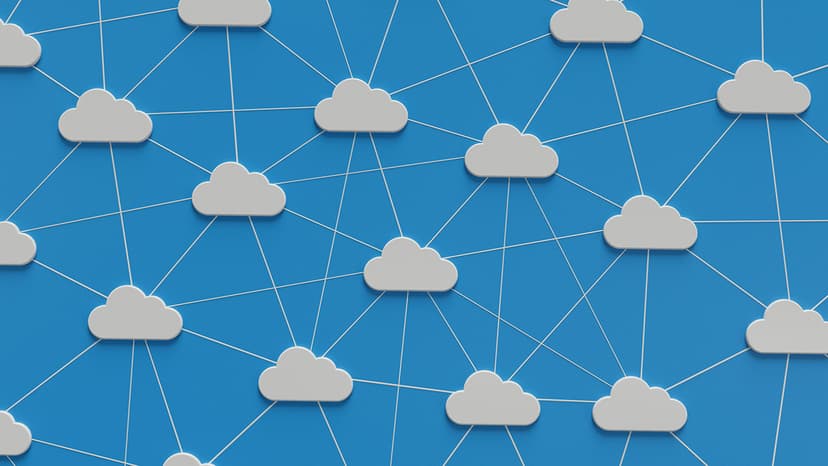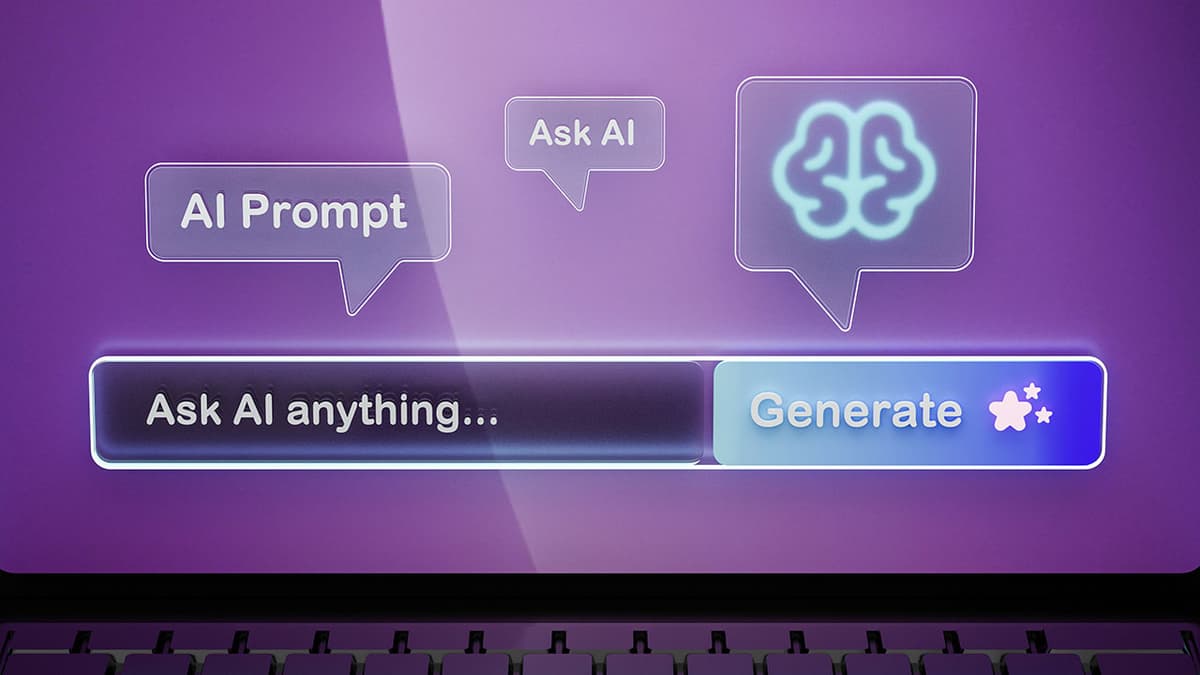HTTP Error Codes
Sometimes, while browsing the web, you may encounter HTTP error codes. These codes indicate that something went wrong during your request. Each number provides insights into the nature of the issue.
Here is a summary of some common HTTP error codes.
1XX – Informational Responses
These codes signify that the server has received the request and is continuing the process.
- 100 Continue: The server acknowledges receipt of the request and indicates that the action can continue.
- 101 Switching Protocols: The server is switching protocols according to the client's request.
2XX - Success
These codes show that your request was successful.
- 200 OK: Everything is fine, and the requested information is being sent.
- 201 Created: A new resource was successfully created on the server.
- 204 No Content: The server completed the request, but there is no content to send back.
3XX - Redirection
These codes indicate that further action is needed to complete the request.
- 301 Moved Permanently: The requested page has permanently moved to a new address.
- 302 Found: The page was temporarily moved to a different location.
- 307 Temporary Redirect: The requested resource is temporarily located at a different URL.
4XX – Client Errors
These codes indicate that there was an error with the request made by the client.
- 400 Bad Request: The server could not understand the request due to invalid syntax.
- 401 Unauthorized: Access is denied due to lack of valid authentication.
- 403 Forbidden: Access to the requested resource is forbidden.
- 404 Not Found: The requested resource could not be found on the server.
- 429 Too Many Requests: The client has sent too many requests in a given amount of time.
5XX – Server Errors
These codes imply that the server failed to fulfill a valid request.
- 500 Internal Server Error: The server encountered an unexpected condition that prevented it from fulfilling the request.
- 502 Bad Gateway: The server received an invalid response from the upstream server.
- 503 Service Unavailable: The server is currently unable to handle the request, often due to being overloaded or undergoing maintenance.
- 504 Gateway Timeout: The server did not receive a timely response from the upstream server.
HTTP error codes provide valuable insight into what may have gone wrong when accessing a web page. Knowing these codes can help you navigate issues more effectively while browsing.












